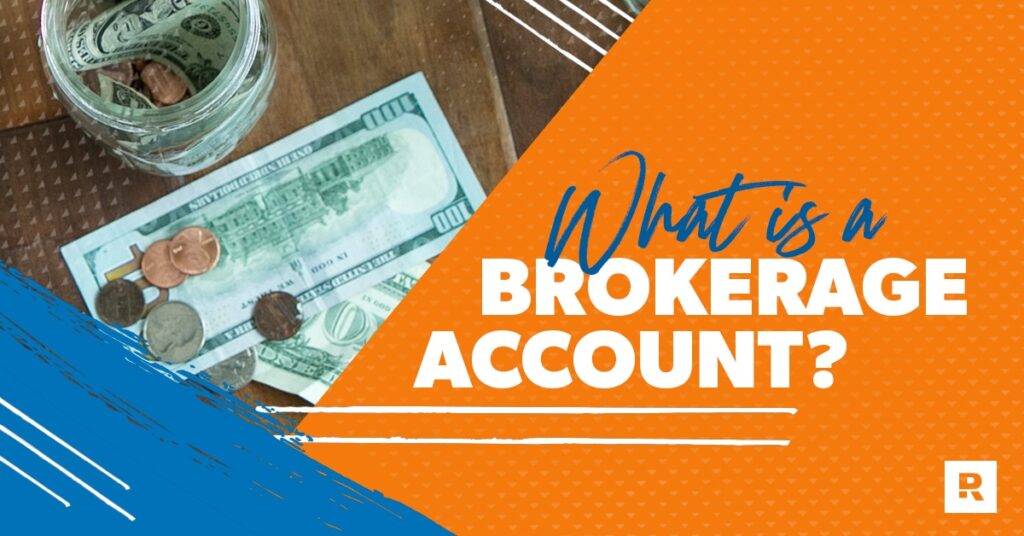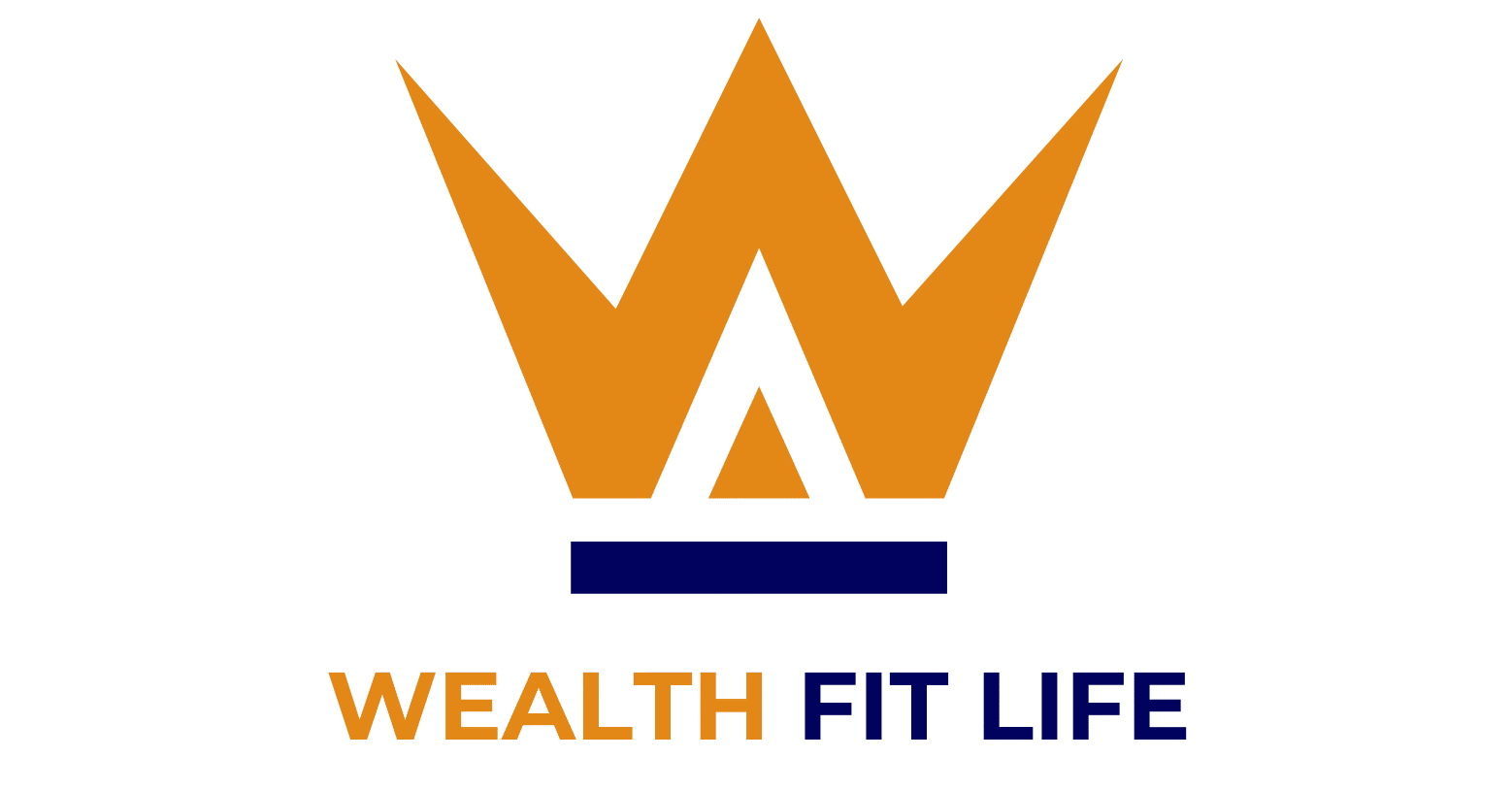Investing in the stock market can be a great way to build wealth over time. If you have already completed the first two steps of understanding the stock market basics and setting your financial goals, the next crucial step is choosing a brokerage and opening an account. This step is essential, as your brokerage account serves as the gateway to buying and selling stocks. Here’s how you can navigate this process effectively.

1. Understand Different Types of Brokerage Accounts
Before selecting a brokerage, you need to decide what type of account suits your investment goals. The two main types of brokerage accounts are:
- Standard Brokerage Account: This allows you to buy and sell stocks, ETFs, bonds, and other securities without restrictions on withdrawals.
- Retirement Account (IRA, Roth IRA, etc.): These accounts offer tax advantages but may have restrictions on withdrawals until retirement age.
2. Compare Online Brokerages
There are numerous online brokerage firms, each with different features. Consider these factors when selecting one:
- Fees and Commissions: Look for brokers with low or zero commission fees on trades.
- Investment Options: Ensure they offer stocks, ETFs, mutual funds, and other assets you are interested in.
- User Interface & Tools: A beginner-friendly platform with research tools and educational resources can be beneficial.
- Customer Support: Reliable customer service can be helpful when you encounter issues.
3. Check the Minimum Deposit Requirement
Some brokerages require a minimum deposit to open an account, while others allow you to start with no minimum balance. Choose one that aligns with your budget.
4. Complete the Account Registration Process
Once you’ve selected a brokerage, you’ll need to complete the application process. This typically involves:
- Providing personal information (name, address, Social Security number, etc.).
- Answering questions about your investment experience and financial situation.
- Linking a bank account for funding your investments.
5. Fund Your Account
To start investing, you must deposit funds into your brokerage account. You can do this via:
- Bank transfer (ACH transfer)
- Wire transfer
- Check deposit
6. Explore and Familiarize Yourself with the Platform
Once your account is set up and funded, take the time to explore the brokerage’s features. Learn how to:
- Place stock orders (market, limit, stop-loss orders, etc.)
- Access research tools and market data
- Utilize educational resources and tutorials
7. Start Investing Wisely
Now that you have a brokerage account, you can begin investing. Start small, diversify your portfolio, and make informed decisions based on research and risk tolerance.
Conclusion
Opening a brokerage account is a crucial step toward successful stock market investing. By selecting the right brokerage, funding your account, and understanding the platform, you position yourself for a smooth investing journey. With this foundation, you can proceed to the next step—choosing the right stocks and building a diversified portfolio.
Stay tuned for Step 4, where we’ll discuss researching and selecting the best stocks for your portfolio!
Read More:https://wealthfitlife.com/step-2-to-start-investing-in-the-share-market/
Frequently Asked Questions (FAQs)
- What is a brokerage account?
- A brokerage account is an investment account that allows you to buy and sell securities like stocks and bonds.
- Do I need a lot of money to open a brokerage account?
- No, many brokerages have no minimum deposit requirements, making it easy to start investing with a small amount.
- Are brokerage accounts safe?
- Yes, most reputable brokerages are regulated and offer investor protection, such as SIPC insurance.
- Can I open multiple brokerage accounts?
- Yes, you can open multiple accounts with different brokers to diversify your investments and take advantage of various features.
- How do I choose the best brokerage?
- Compare fees, investment options, customer service, and platform usability to find the best fit for your needs.
- How long does it take to open a brokerage account?
- It typically takes a few minutes to a few days, depending on the brokerage’s verification process.
- What documents do I need to open an account?
- You’ll typically need identification (like a driver’s license or passport), Social Security number, and bank details.
- Can I withdraw money from my brokerage account anytime?
- Yes, but there may be processing times and potential tax implications depending on your investments.
- Is it better to use a robo-advisor or manage my own investments?
- It depends on your preference; robo-advisors automate investing based on your goals, while self-directed accounts allow more control.
- What should I do after opening a brokerage account?
- Research investment options, create a diversified portfolio, and develop a strategy based on your risk tolerance and goals.
